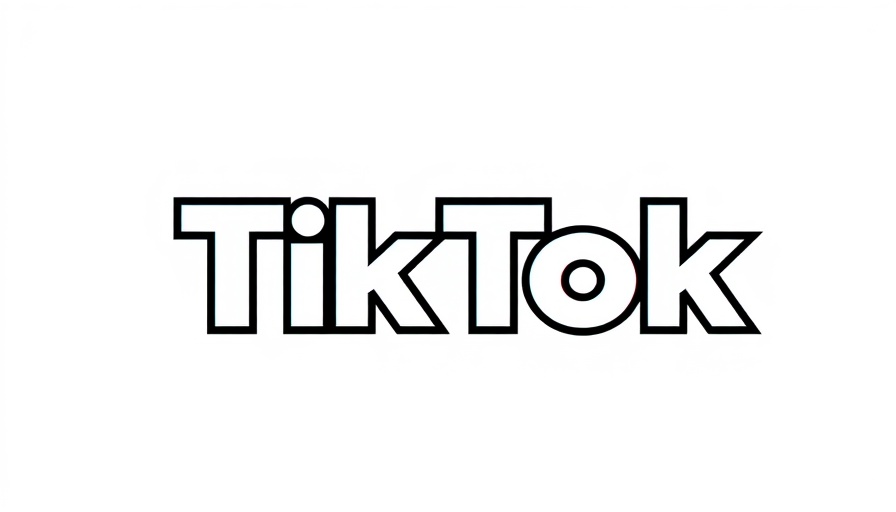
Understanding the Implications of a Potential TikTok Ban
The looming deadline for TikTok’s potential ban is shaking up the social media landscape, particularly for business owners looking to leverage the app’s vast audience. As U.S. Commerce Secretary Howard Lutnick warns that TikTok will "go dark" if a deal isn’t finalized by the September 17 deadline, many businesses are left wondering how to navigate the implications.
The Stakes for U.S. Businesses
Social media is an essential tool for marketing and reaching customers, especially for small businesses. TikTok, with its unique algorithm that promotes viral content, has become a platform where many businesses thrive. How will a ban affect those counting on the app for visibility? Many entrepreneurs have integrated TikTok into their marketing strategies, and a sudden loss of a platform that reaches over 100 million American users can lead to significant disruptions and loss of brand engagement.
Why Is the Ban Being Considered?
The U.S. government’s push for a TikTok ban stems from concerns over national security and data privacy. Critics argue that a Chinese company owning a platform with access to American users' data poses risks. In light of these concerns, Secretary Lutnick stated that without U.S. control over the app and its algorithms, the operation cannot continue. This sentiment reflects a growing push from U.S. officials not just against TikTok, but against perceived threats from foreign technologies.
Potential Consequences for Marketing Professionals
For marketing professionals, this situation presents both uncertainty and opportunity. Many have had to diversify to mitigate the impact of potential bans on specific platforms. Businesses need to develop echo strategies across multiple social media platforms to ensure that their marketing approaches are resilient. Additionally, diversifying content strategies will be crucial as brands strive to maintain their audience engagement, regardless of where users flock.
The Algorithm Dilemma
One of the most contentious points in the ongoing negotiations is TikTok’s algorithm. Analysts cite it as the key to the platform’s success and user engagement. U.S. officials emphasize the necessity of obtaining control over the algorithm as part of any deal. Yet the Chinese government seems reluctant, which leaves businesses caught in a critical timeline where their marketing strategies may need urgent adaptation.
Broadening Horizons and Strategic Alternatives
As the TikTok deadline approaches, business owners are encouraged to think ahead and explore alternative platforms and tactics. Instagram Reels, YouTube Shorts, and other video formats provide opportunities for audience engagement. Exploring these platforms now could better position businesses to weather a potential TikTok ban. By learning and adapting strategies from TikTok that work on these emerging platforms, businesses can minimize impacts on their outreach.
What Business Leaders Should Do Now
In the wake of this uncertainty, proactive measures can be beneficial. Business owners should assess their marketing strategies to ensure they are not overly reliant on TikTok. Networking within industry groups can also provide invaluable insights into how others are reacting to the current climate. Contingency planning might include investing in owned media channels, such as a brand blog or email marketing, to stay connected with customers regardless of the platforms’ status.
Conclusion
While the future of TikTok remains uncertain, the bigger picture presents clear challenges and opportunities for businesses. As leaders and marketers, being adaptable and open to change will foster resilience in the face of evolving digital landscapes. It’s essential to stay informed about the developments surrounding TikTok and apply insights gleaned from this situation to future strategies.
If you're a business owner looking to expand your growth strategies, it would be wise to consider how to pivot your marketing approach now rather than later. Engage with alternative platforms, broaden your content strategies, and connect with communities to share ideas and foster new solutions. Your adaptability could define your future success.
 Add Row
Add Row  Add
Add 




Write A Comment